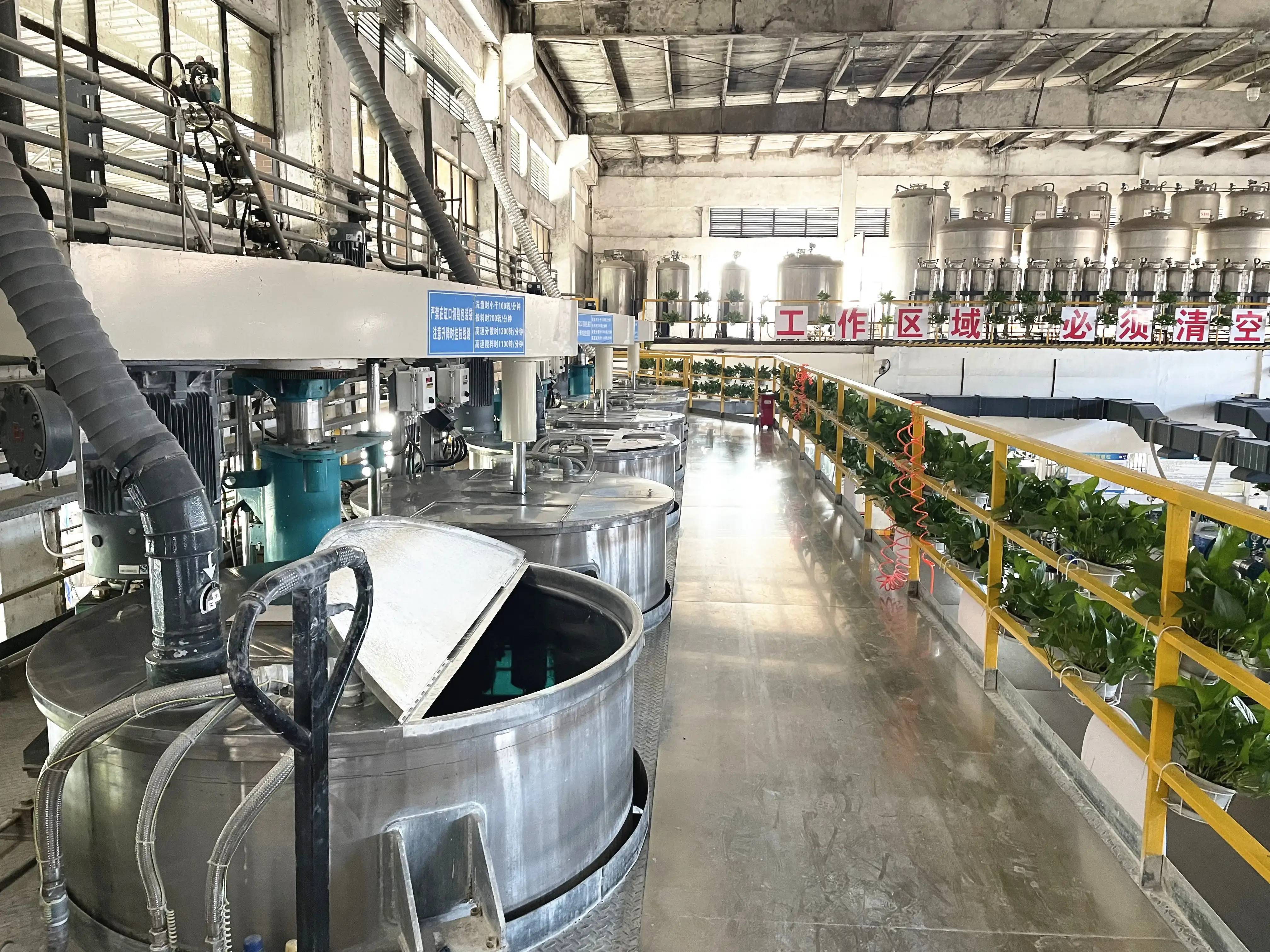Email cannot be empty
Password cannot be empty
Email format error
Email cannot be empty
Email already exists
6-20 characters(letters plus numbers only)
The password is inconsistent
Email format error
Email cannot be empty
Email does not exist
6-20 characters(letters plus numbers only)
The password is inconsistent


The Ultimate Guide to Wood Glue: Choosing the Right Adhesive for Your Project
Walk into any woodshop, and you'll find a collection of clamps, saws, and sanders. But often, the most humble bottle on the shelf is the true hero of the workshop: wood glue.
A strong glue joint can be stronger than the wood itself. But with a confusing array of yellow, white, and dark bottles, how do you choose the right one? This guide will demystify wood glue, breaking down the types, uses, and secrets to creating a bond that lasts for generations.
Why Glue is a Woodworker's Best Friend
Before power tools and fancy joinery, there was adhesive. Glue isn't just an accessory; it's a fundamental component of strong woodworking.
-
Unmatched Strength: A well-made glue joint distributes stress across a large area, creating a bond that won't fail under pressure.
-
Invisible Joints: Unlike screws or nails, glue leaves no visible fasteners, allowing the beauty of the wood and the craftsmanship of the joinery to take center stage.
-
Structural Integrity: It locks joints together permanently, preventing wood movement from loosening them over time.
The Wood Glue Lineup: Picking Your Champion
Here’s a breakdown of the most common types of wood glue you’ll encounter.
1. PVA (Polyvinyl Acetate) Glues: The Everyday Workhorses
This is the category most people think of. They're easy to use, water-based, and clean up with water.
-
Yellow Glue (Aliphatic Resin - e.g., Titebond II & III): Often called "carpenter's glue," this is the go-to for most indoor woodworking projects. It dries a yellowish-brown, has a strong bond, and is sandable. Titebond III is famous for being waterproof, making it suitable for outdoor furniture.
-
Best for: Furniture, cabinets, joinery, and general woodworking.
-
-
White Glue (e.g., standard Elmer's White): Slightly weaker and more flexible than yellow glue. It has a longer "open time" (the time you have to adjust pieces), but it can be less water-resistant.
-
Best for: Crafts, light-duty wood projects, and laminating.
-
2. Polyurethane Glue (e.g., Gorilla Glue)
This is the expanding glue that foams as it cures. It's known for its incredible strength and waterproof properties.
-
Pros: Fills gaps well, bonds to various materials (wood, metal, stone), and is fully waterproof.
-
Cons: It's messy, requires dampening the wood for activation, and the foam must be scraped off. It also has a limited shelf life once opened.
-
Best for: Outdoor projects, bonding dissimilar materials, and situations where gap-filling is necessary.
3. Hide Glue: The Traditionalist's Choice
This is the glue used for centuries on antique furniture. It comes in liquid (ready-to-use) or hot (granules you heat and mix) forms.
-
Pros: Reversible with heat and moisture (making repairs easy), doesn't interfere with finishes, and has a long history of proven performance.
-
Cons: Liquid hide glue has a shorter shelf life and is less water-resistant. Hot hide glue requires special equipment and preparation.
-
Best for: Traditional furniture making, restoration, and musical instrument building.
4. Cyanoacrylate (CA) Glue - "Super Glue"
Instant-setting adhesives that bond in seconds. They come in various viscosities, from thin to thick "gel" formulas.
-
Pros: Incredibly fast, creates a very hard bond.
-
Cons: Brittle, poor gap-filling, can fog finishes, and bonds skin instantly (be careful!).
-
Best for: Quick fixes, attaching small inlays, or stabilizing hairline cracks.
5. Epoxy: The Heavy-Duty Solution
A two-part adhesive (resin and hardener) that you mix before use. It's not technically a "wood glue" but is indispensable in the woodshop.
-
Pros: The strongest option, 100% waterproof, can fill large gaps, and can be dyed or sanded.
-
Cons: More expensive, messy, has a pot life (working time), and can be overkill for simple joints.
-
Best for: Stabilizing rotten wood, marine applications, and bonding large gaps where joinery has failed.
The Golden Rules for a Perfect Glue Joint
Having the right glue is only half the battle. Follow these steps for a flawless, strong bond every time.
-
Prep the Surfaces: Both pieces of wood must be clean, dry, and free of dust or oil.
-
Create a "Mechanical Key": Glue loves rough surfaces. A perfectly jointed, smooth edge is great, but for maximum strength, the wood fibers need to mesh. For end grain, which acts like a sponge, size the joint by applying a thin coat of glue, letting it soak in for a minute, and then applying a second coat before clamping.
-
Apply Even Pressure: Use clamps to apply firm, even pressure across the joint. You should see a thin, consistent bead of glue squeeze out. This "squeeze-out" is your sign of a good glue line.
-
Wipe Off Excess: After clamping, use a damp (not wet) rag to wipe away the excess glue. Dried glue can prevent stain and finish from penetrating the wood, leaving ugly, visible lines.
-
Respect the Cure Time: Glue sets quickly but takes 24 hours to reach full strength. Don't stress the joint before then!
Quick Reference Chart
| Glue Type | Strength | Water Resistance | Open Time | Best Use |
|---|---|---|---|---|
| PVA (Yellow) | High | Good (Type III is Best) | 5-15 min | All-Around Woodworking |
| Polyurethane | Very High | Excellent | 20-30 min | Outdoor, Gap-Filling |
| Hide Glue | Good | Fair | 5-10 min | Traditional, Repairs |
| CA Glue | High (Brittle) | Good | Seconds | Quick Fixes, Small Parts |
| Epoxy | Highest | Excellent | 5 min - 1 hr | Marine, Structural Repair |
So next time you reach for that bottle, remember you're holding a key to craftsmanship. Choose wisely, apply carefully, and you'll build something that lasts.

